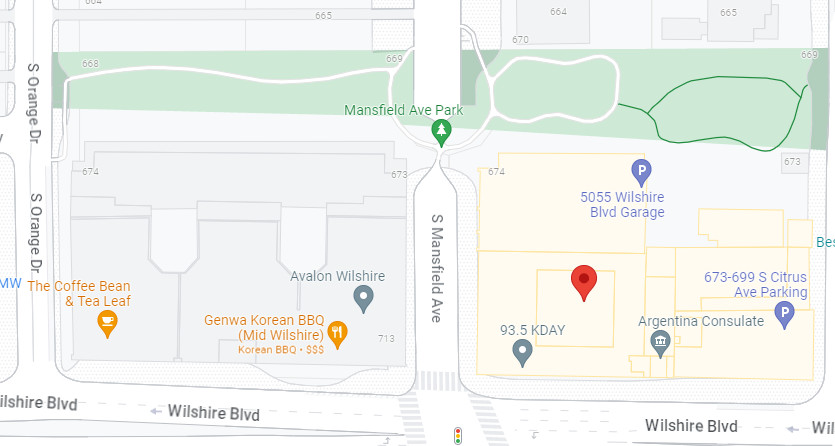The Return to Normal: Make time for the routine care you might have missed
Although the resurgence of the pandemic may have temporarily dampened prospects for a full and immediate return to normal, increasing vaccination rates and ongoing safety protocols are making it possible for people to start getting back to the business (and pleasures) of life. Along with the return of movies, live events, dine-in restaurants, and anything in person, it is vitally important that you also get back to any routine medical appointments you may have delayed during the height of pandemic.
Preventive care services, which include annual physicals, flu shots and other vaccinations, and screenings like mammograms and colonoscopies, save an estimated 100,000 lives a year through early detection and treatment of illness. However, despite being an essential aspect of maintaining good health, use of preventive care services declined by as much as 70% during the height of the pandemic and have yet to return to pre-pandemic levels.
With life slowly returning to normal, it’s important that you prioritize the preventive care services recommended for your age and gender. Like changing the oil in your car or doing your taxes, neglecting preventive care could spell trouble in the long run.
No Cost Sharing for Network Preventive Care Services
The Health Plan covers certain preventive services at 100% with no deductible or co-payment if they are rendered by a network provider. The preventive care services to which this rule applies generally follow the recommendations of the United States Preventive Services Task Force. The Task Force’s recommendations, which are subject to change, can be found here:
www.healthcare.gov/coverage/preventive-care-benefits/.
Preventive care services from non-network providers will be covered with no cost sharing only if there is no qualified or available network provider to render or supply the service. Otherwise, the co-insurance for preventive care services from a non-network provider will be paid at the applicable non-network co-insurance level.
Lung and Colorectal Cancer Screenings Update, Effective January 1, 2022
Despite the current screening recommendations, lung cancer remains the second most common cancer after breast cancer and the leading cause of cancer death in the U.S. Colorectal cancer is the third leading cause of cancer death in the U.S. After assessing the net benefits of earlier screenings for these diseases, the United States Preventive Services Task Force recently updated its lung cancer and colorectal cancer screening recommendations, effective January 1, 2022, as follows:
- Lung cancer screening with low-dose computed tomography is now recommended for those aged 50-80 years who have a 20 pack/year smoking history and currently smoke or quit within the past 15 year. It is currently covered once every 10 years for ages 50-75 years for those who have a 30 pack/year smoking history and currently smoke or quit within the past 15 years.
- Colorectal cancer screening is now recommended to begin at age 45. It is currently covered for those aged 50-75 years, once every 10 years.
Neglecting your health is risky. If you’ve put off these routine, yet very important preventive care appointments during the pandemic, now is the time to get back on track to better stay on top of your health.
For more information on the Health Plan coverage of preventive services, visit:
www.dgaplans.org/preventivecare.
If you have questions about your health benefits, contact the Participant Services Department at (323) 866-2200, Ext. 401 or email hpclaims@dgaplans.org.


 OFFICE LOCATION & HOURS:
OFFICE LOCATION & HOURS:
 MEETING INFORMATION:
MEETING INFORMATION: FAXES:
FAXES: